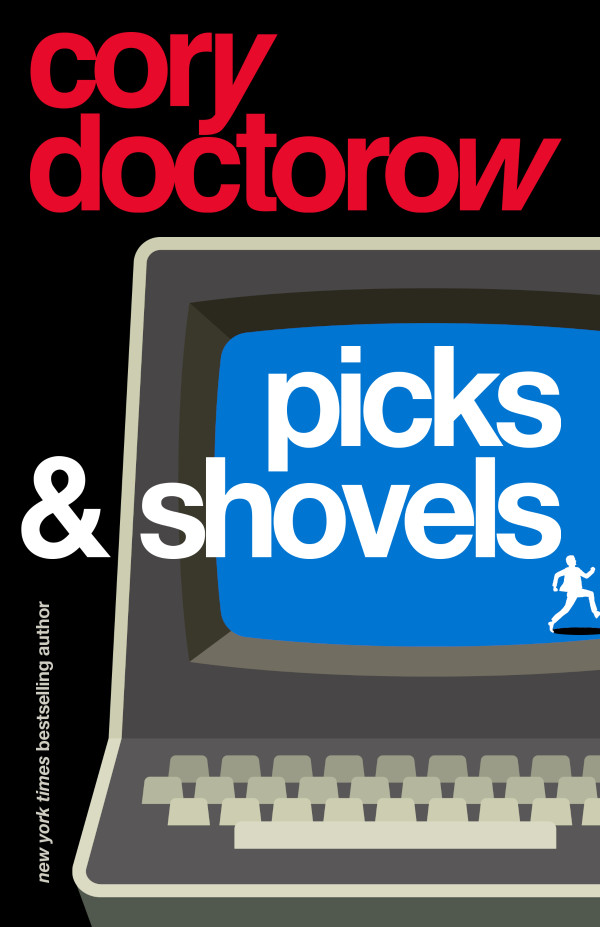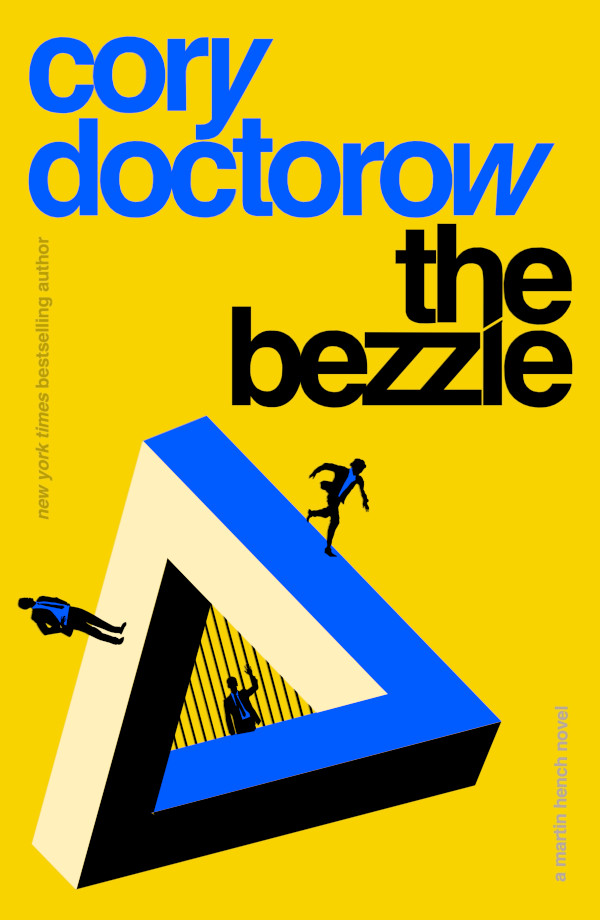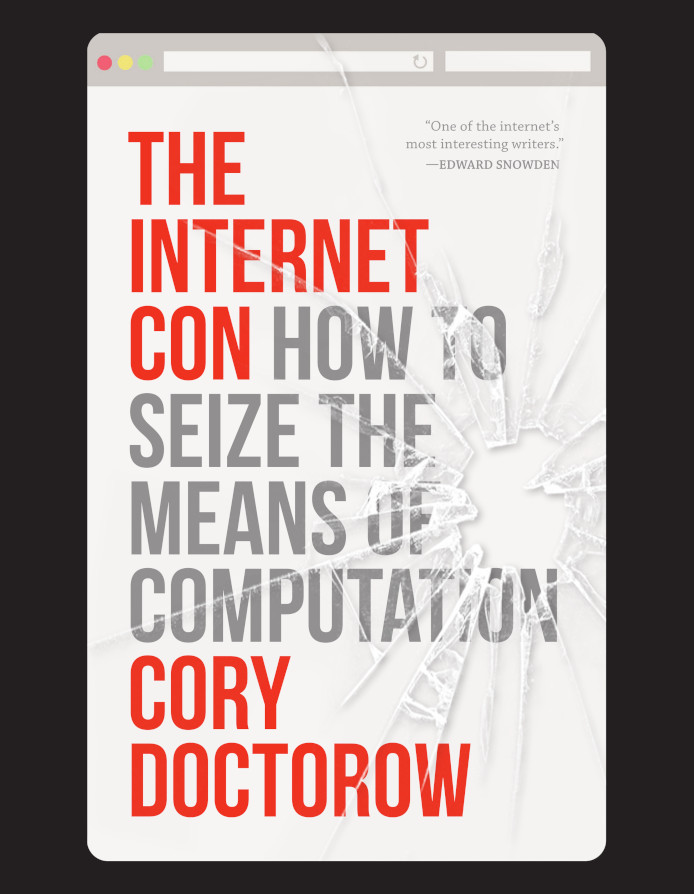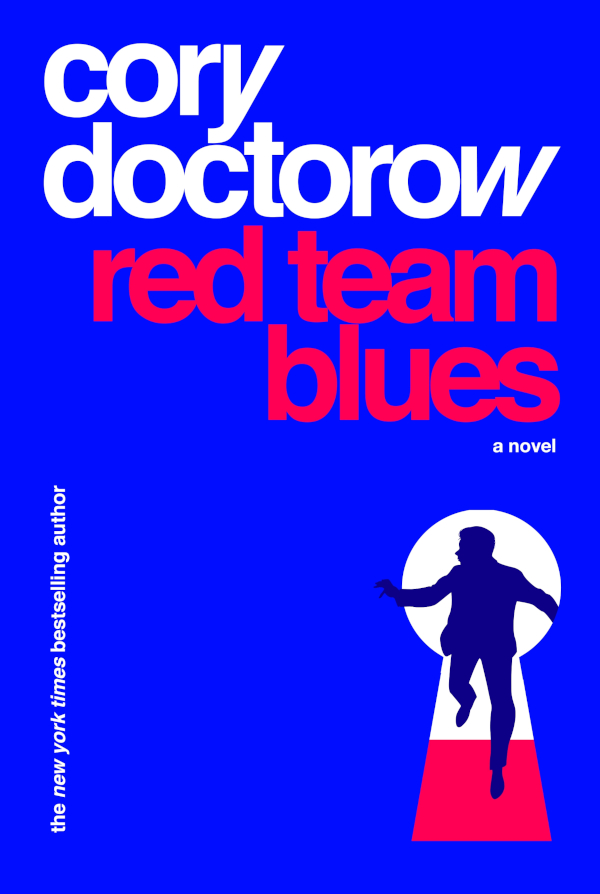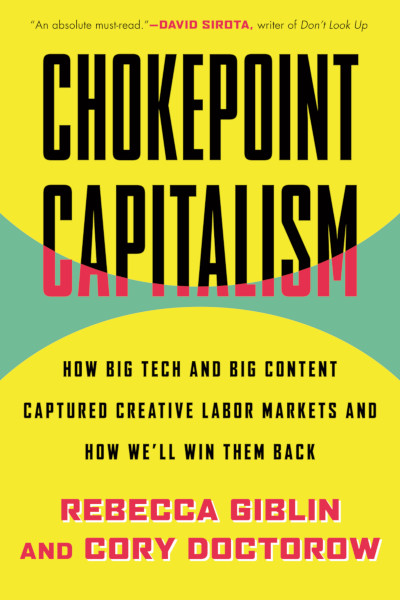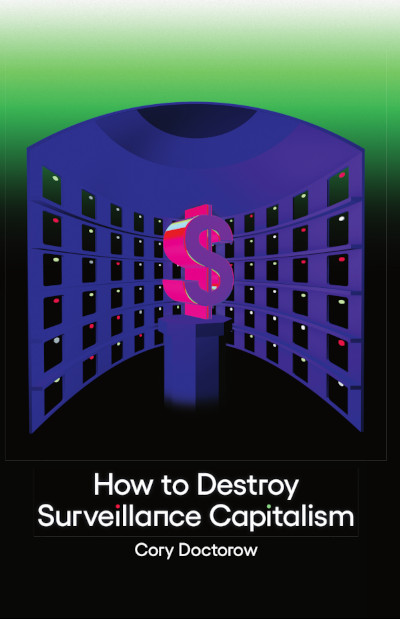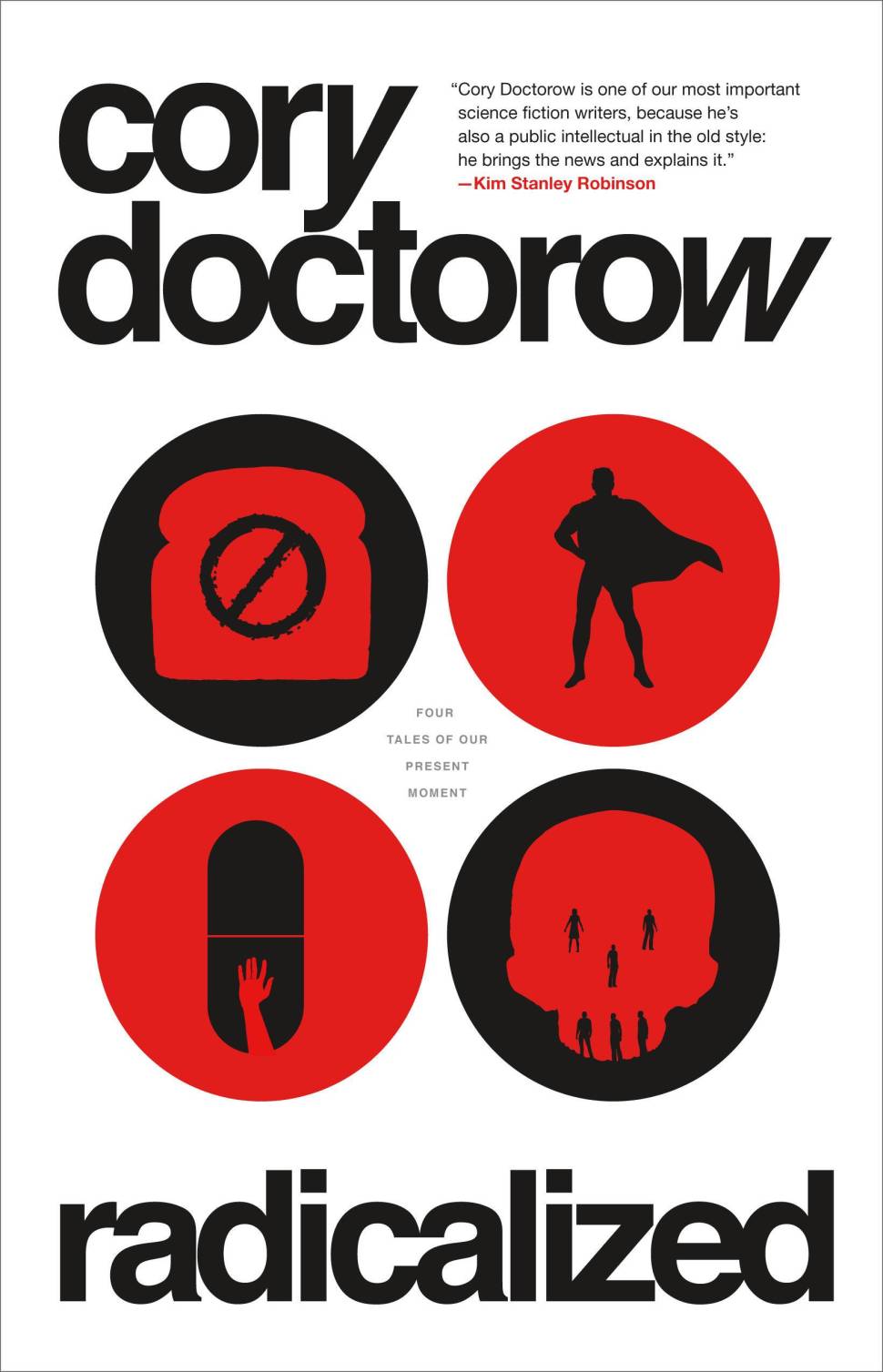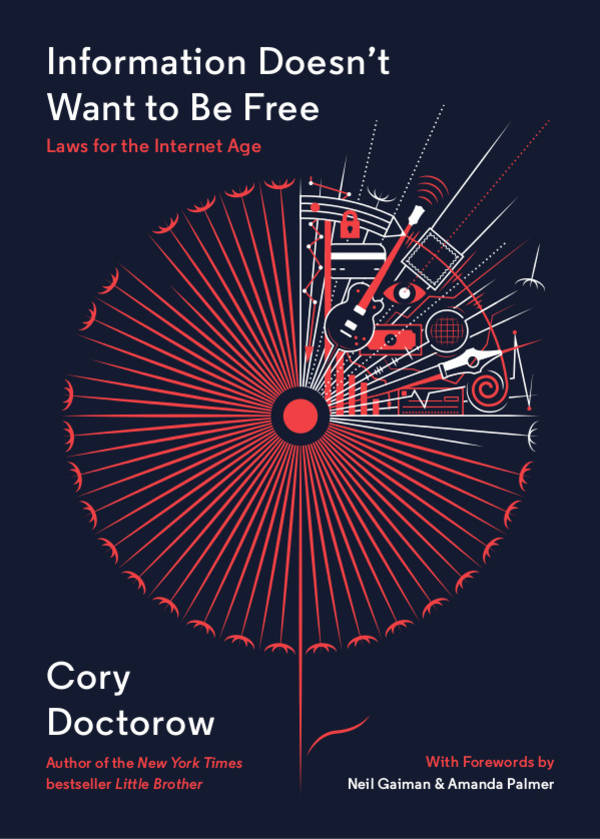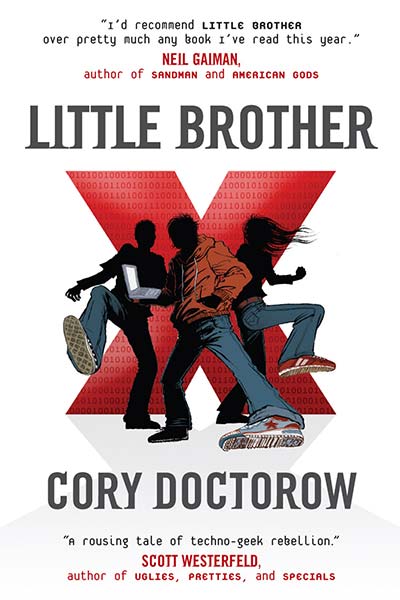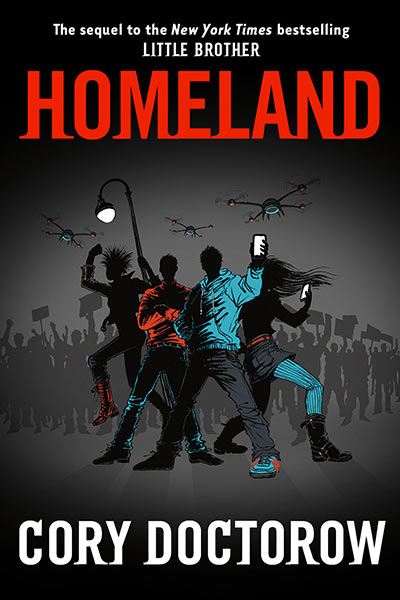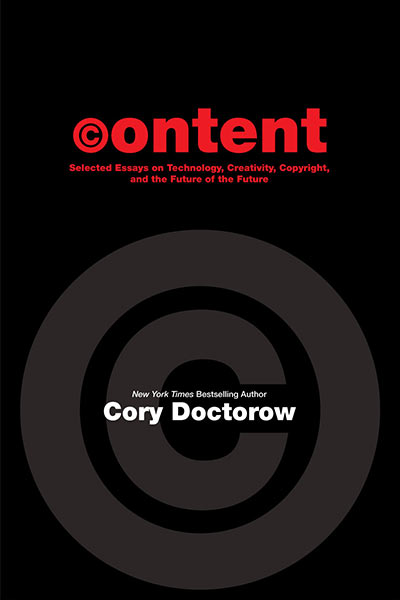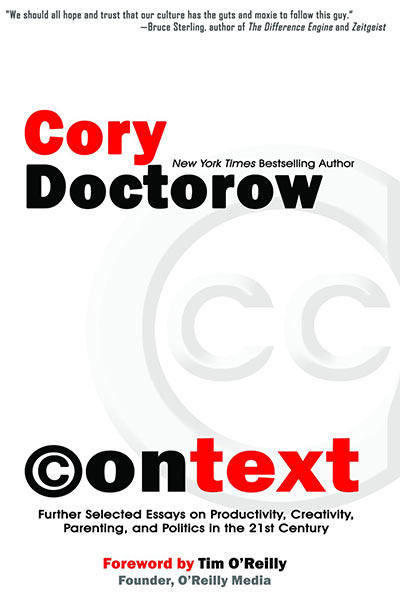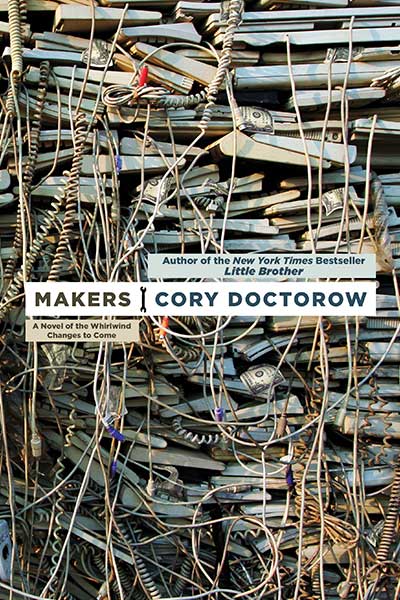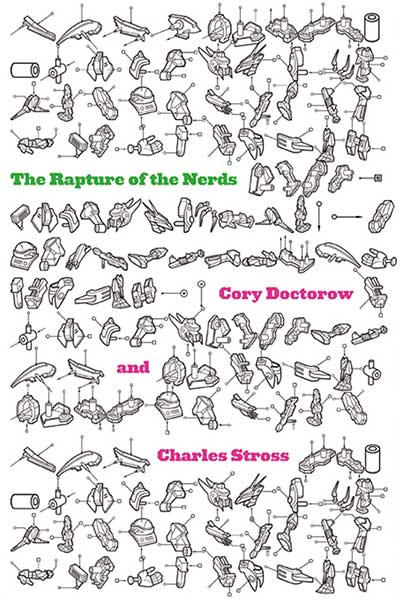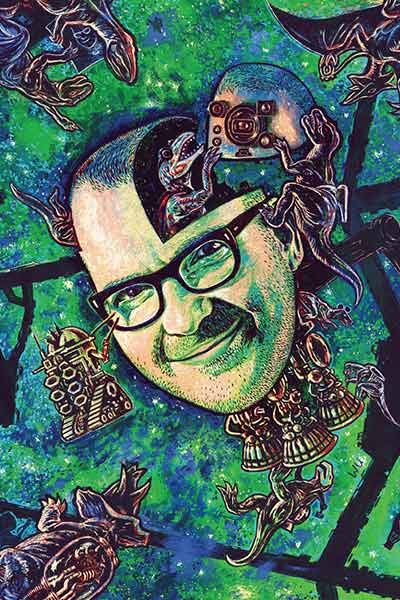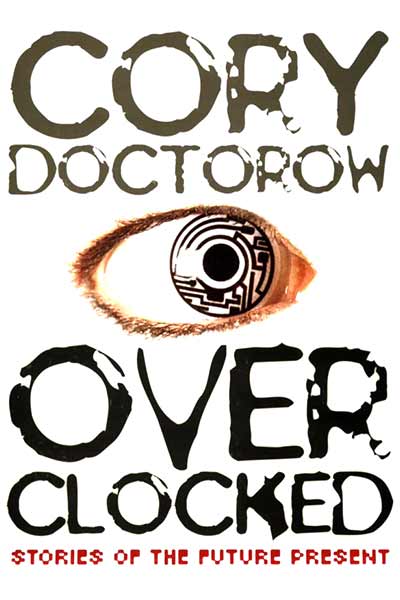
For my latest podcast, I read my latest EFF Deeplinks post, Gopher: When Adversarial Interoperability Burrowed Under the Gatekeepers’ Fortresses.
It’s the latest installment in my case histories of “adversarial interoperability” — once the main force that kept tech competitive. Today, I tell the story of Gopher, the web’s immediate predecessor, which burrowed under the mainframe systems’ guardians and created a menu-driven interface to campus resources, then the whole internet. Gopher ruled until browser vendors swallowed Gopherspace whole, incorporating it by turning gopher:// into a way to access anything on any Gopher server. Gopher served as the booster rocket that helped the web attain a stable orbit. But the tools that Gopher used to crack open the silos, and the moves that the web pulled to crack open Gopher, are radioactively illegal today.
If you wanted do to Facebook what Gopher did to the mainframes, you would be pulverized by the relentless grinding of software patents, terms of service, anticircumvention law, bullshit theories about APIs being copyrightable. Big Tech blames “network effects” for its monopolies — but that’s a counsel of despair. If impersonal forces (and not anticompetitive bullying) are what keeps tech big then there’s no point in trying to make it small. Big Tech’s critics swallow this line, demanding that Big Tech be given state-like duties to police user conduct — duties that require billions and total control to perform, guaranteeing tech monopolists perpetual dominance. But the lesson of Gopher is that adversarial interoperability is judo for network effects.
When Apple’s App Store launched in 2008, it was widely hailed as a breakthrough in computing, a “curated experience” that would transform the chaos of locating and assessing software and replace it with a reliable one-stop-shop where every app would come pre-tested and with a trusted seal of approval.
But app stores are as old as consumer computing. From the moment that timeshare computers started to appear in research institutions, college campuses, and large corporations, the systems’ administrators saw the “curation” of software choices as a key part of their duties.
And from the very start, users chafed against these limitations, and sought out ways to express their desire for technological self-determination. That self-determination was hard to express in the locked-down days of the mainframe, but as personal computers started to appear in university labs, and then in students’ dorm rooms, there was a revolution.
The revolution began in 1991, in the very birthplace of the supercomputer: Minneapolis-St Paul. It was named after the University of Minnesota’s (UMN) mascot, the gopher.

